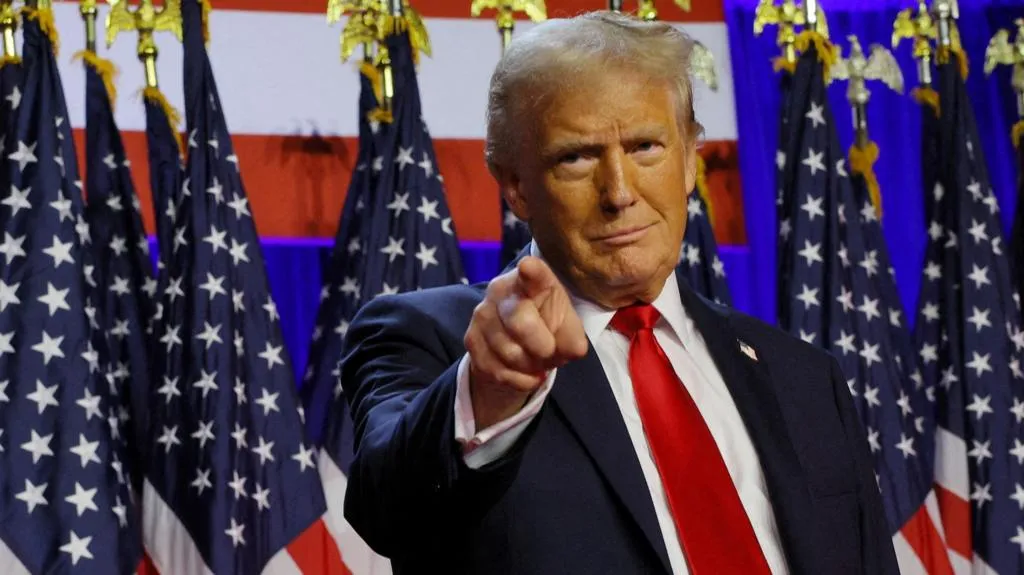
Have you ever heard of the idea that a computer algorithm could design an entire trade system? It sounds like science fiction, but it’s not. In recent years, artificial intelligence (AI) has made tremendous progress in generating complex systems, including those related to finance.
Just recently, I stumbled upon a rather surprising article that caught my attention: “Artificial Intelligence Helped Design Trump’s Trade System”. The headline itself was enough to make me question the truthfulness of the statement. Could it be true? Did AI really play a significant role in creating the United States’ current trade policies?
After conducting some research, I found that the claim is not entirely accurate. While it’s true that AI has been used in various capacities throughout the world of finance, it would be an oversimplification to say that AI alone designed Trump’s trade system.
Firstly, let me clarify what I mean by “trade system”. In this context, I’m referring to the overarching framework for guiding U.S. foreign policy and international economic relations. This encompasses a broad range of diplomatic efforts, negotiations, and regulatory actions taken by government agencies like the Department of State, the Treasury Department, and others.
Now, while AI can certainly analyze vast amounts of data, identify patterns, and generate insights that would be useful in shaping these policies, it’s unrealistic to expect an AI model alone could create a comprehensive trade system. This would require careful consideration of various stakeholder interests, diplomatic relationships, and international agreements – all of which are inherently complex and context-dependent.
Moreover, the development of such a framework involves extensive research, expert consultation, and decision-making by human policymakers. While AI can aid in processing large datasets or even generate suggestions for trade negotiations, it would not be able to replace the nuanced judgment required for such high-stakes decisions.
That being said, AI has undoubtedly become an essential tool for financial institutions, investment firms, and other organizations dealing with international transactions. By leveraging machine learning algorithms and natural language processing capabilities, these entities can optimize their risk management strategies, predict market trends, and streamline trading operations.
In summary, while AI may have played a role in supporting the development of certain trade policies or informing specific policy decisions, it’s unfair to say that an AI designed the entire system. The complexity of international trade policies demands human expertise, diplomacy, and careful consideration – all of which are essential components missing from any AI-generated solution.
Now, if you’re still curious about AI in finance, I invite you to explore some fascinating applications of machine learning in high-stakes trading or asset management.
Source: https://www.bitcoinbazis.hu/trump-vamrendszeret-az-ai-talalta-ki/


